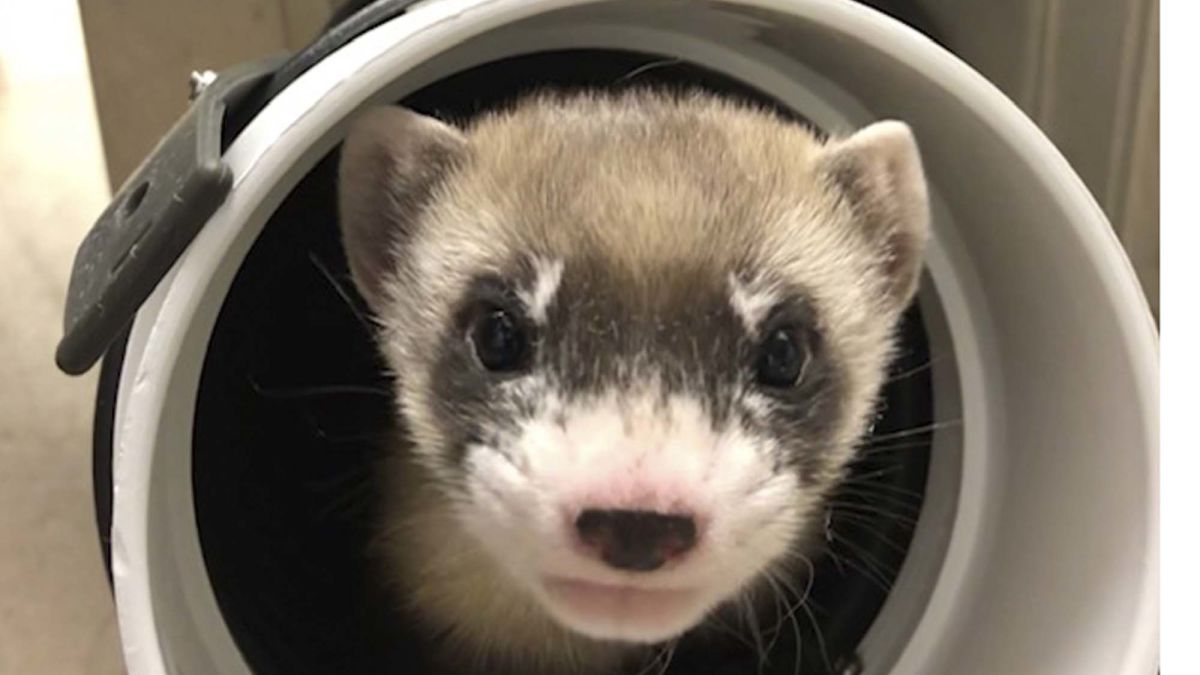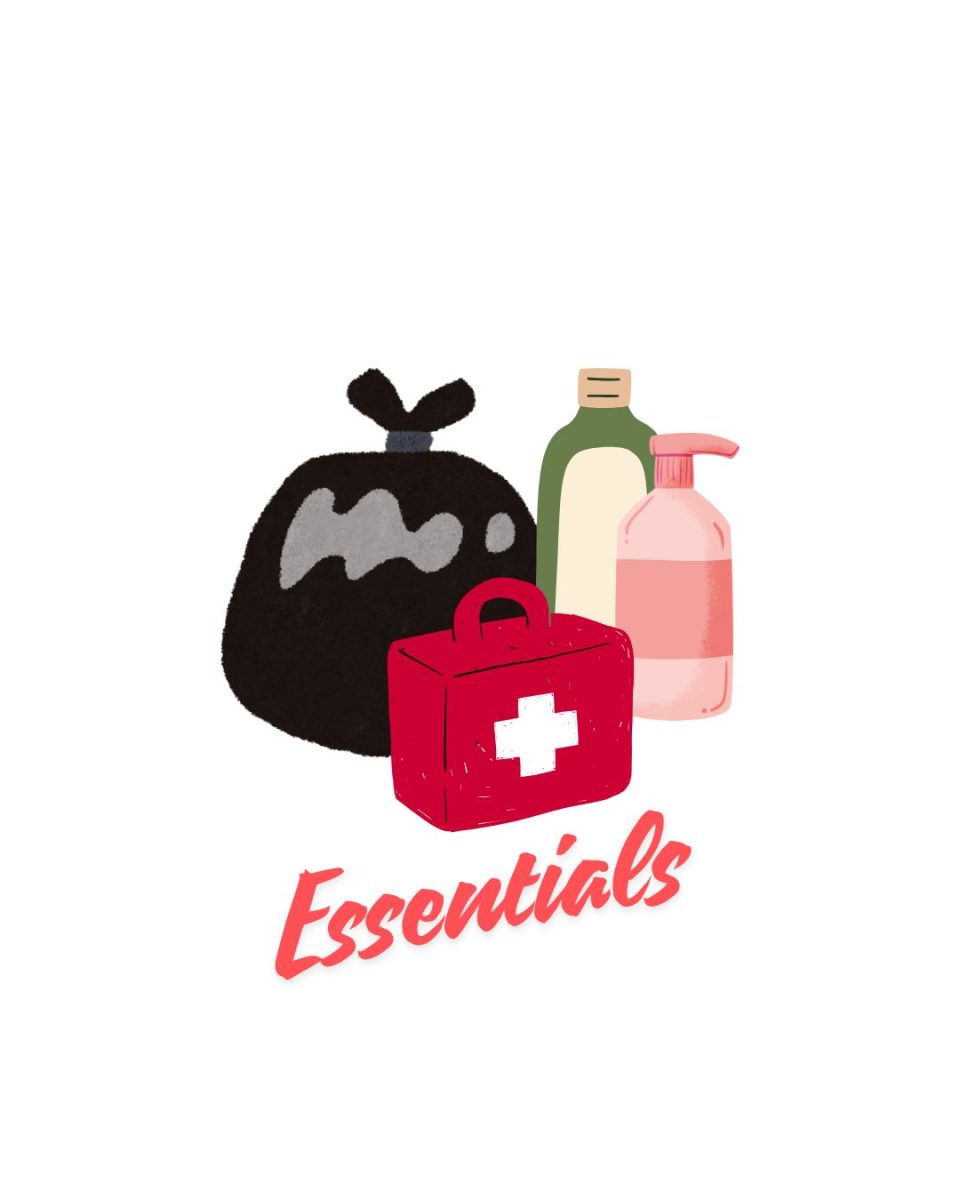In February, news broke of the first cloned endangered North American animal, a black-footed ferret named Elizabeth Ann. Her birth is the result of cells cryogenically stored in 1988 from an individual who is now long dead.
What makes Elizabeth Ann special lies in the history of her species. Until the 1980s, black-footed ferrets were assumed to be totally extinct in the wild. Due to conservation efforts, the 1981 population of 18 has increased to about 300. Unfortunately, this victory could only occur through a lot of inbreeding – inbreeding that leaves the wild ferrets especially vulnerable to population-destroying disease such as Sylvatic Plague. Conservation advocates hope that breeding Elizabeth Ann’s offspring and introducing her offspring to the wild will supplement much-needed genetic diversity to the population.
A project of biotechnology nonprofit Revive and Restore (which also focuses on projects such as bringing mammoths back from extinction), Elizabeth Ann has been called “inspiring” and described as a source of “hope for other U.S. endangered species.” But can Elizabeth Ann really reverse the course of history for her species and undo the damage that humans have already done? Is it ethical that she was born at all? And does her birth really stand to have such impact on the world as a whole?
Elizabeth Ann’s birth comes at a time when public mobilization toward our global biodiversity crisis is acute. The International Union for the Conservation of Nature has assessed more than 35,000 species to be threatened with extinction – approximately 28% of all those assessed. A 2004 study found that 43% of amphibians are threatened, and a large number of conservation organizations have sprung up to combat these trends.
It seems like any solution to the planet’s biodiversity loss is one worth hearing out. But cloning has always faced an (often unfair) burden of morality, tasked with proving “why” while opponents rarely have to prove “why not.”
Luckily, science suggests that we have nothing to fear from cloning itself. The fact that biotechnology will aid this process in species that wouldn’t otherwise be able to reproduce asexually should be no stranger than biotechnology aiding fertility in prospective parents or providing therapies for genetic diseases.
A literal definition says that cloning is the act of creating individuals that are genetically identical. Though it’s understood that sexual reproduction evolved after asexual reproduction – and that there must have been a time in Earth’s history when cloning was all there was to work with – it’s rarely discussed how common cloning is in the natural world. Agriculture in particular makes use of cloning through the process of grafting – almost all apples are genetic clones of one another, as are grapes, as are potatoes. Some animals, including Komodo dragons, can clone themselves in a process known as parthenogenesis, in which embryos develop without requiring fertilization by sperm. In this case, unless mutations occur, the daughter is an exact genetic copy of her mother.
The most damning indictment of cloning as conservation is not in the cloning itself, but in the idea that this should be a replacement for preventative conservation efforts, or for collective action toward sustainability and environmental remediation.
Adding new individuals, even those with much-needed genetic diversity to supplement population-scale health, will only treat the symptoms of a world no longer suitable for the black-footed ferret and many other species like it. The factors that have contributed to their decline – habitat loss, overhunting, pollution and natural diseases – won’t magically go away when their numbers increase. It’s unclear whether conservation efforts will continue as aggressively (or at all) when the populations appear to soar. The public is famously unnuanced when it comes to superficial descriptors of risk factors for living things.
Perhaps the biggest pitfall to cloning-as-conservation operations, though, may just be that humans are bad at prioritizing what to fix when it comes to the environment. We are biased toward the charisma of the giant panda and the grace of the polar bear… even when those species don’t contribute much to their respective ecosystems.
The International Union for Conservation of Nature’s (IUCN) assessment of species is heavily slanted toward vertebrates with over 50,000 assessed. Those invertebrates assessed (just under 25,000) are the ones most obviously beneficial to humans. This is despite that over 90% of all life on Earth are invertebrates – and they’re important. Food chains are generally upheld by unglamorous invertebrates. It’s these cryptic little nothings of animals which allow for long-term ecosystem stability. Even more than that, it’s the species that often repulse humanity – the spiders, insects and bats – that provide the most benefit to the ecosystem.
Elizabeth Ann is adorable, and it is amazing that she could be the first step on the long road to the long-term success of her species. It is truly worth celebrating that she was born. In a perfect reality, the initiative which brought her into this world would be extended to all organisms that need the extra support.
Unfortunately, it is unlikely that high-budget and high-profile cloning initiatives will ever be dedicated to benthic bottom-feeders and single-celled photosynthesizers – no matter how important they are to the world beyond human aesthetics. And it’s hard to deny the possibility that maybe the adorable little face of a black-footed ferret had something to do with the decision to help this species in particular.
We should walk away from the news of Elizabeth Ann’s birth feeling hopeful for the future of the ferrets. We should also continue to think critically about what efforts to conservation will make the most impact long-term and over large geographic area. And of course, we should continue to keep trying to do good by the life with which we share this planet. We aren’t absolved from responsibility yet.
For comments/questions, tweet @TheWhitOnline.
























































































































































!["Working with [Dr. Lynch] is always a learning experience for me. She is a treasure,” said Thomas. - Staff Writer / Kacie Scibilia](https://thewhitonline.com/wp-content/uploads/2025/04/choir-1-1200x694.jpg)










































Sarah Bexell • Mar 7, 2021 at 12:00 pm
What might humans start thinking about those “tiny little nothings” if we taught folk just how important they are? If we shared that human perceived beauty is not all that matters in this world, and that the Earth and all her denizens did not come into being to serve humanity. They all exist to fulfill their own lives, and to make Earth healthy and strong. Please be careful not to denigrate any lifeforms. If there were one to admonish, it surely would be our own.
Tara Lonsdorf • Mar 10, 2021 at 12:11 am
Agreed! 🙂